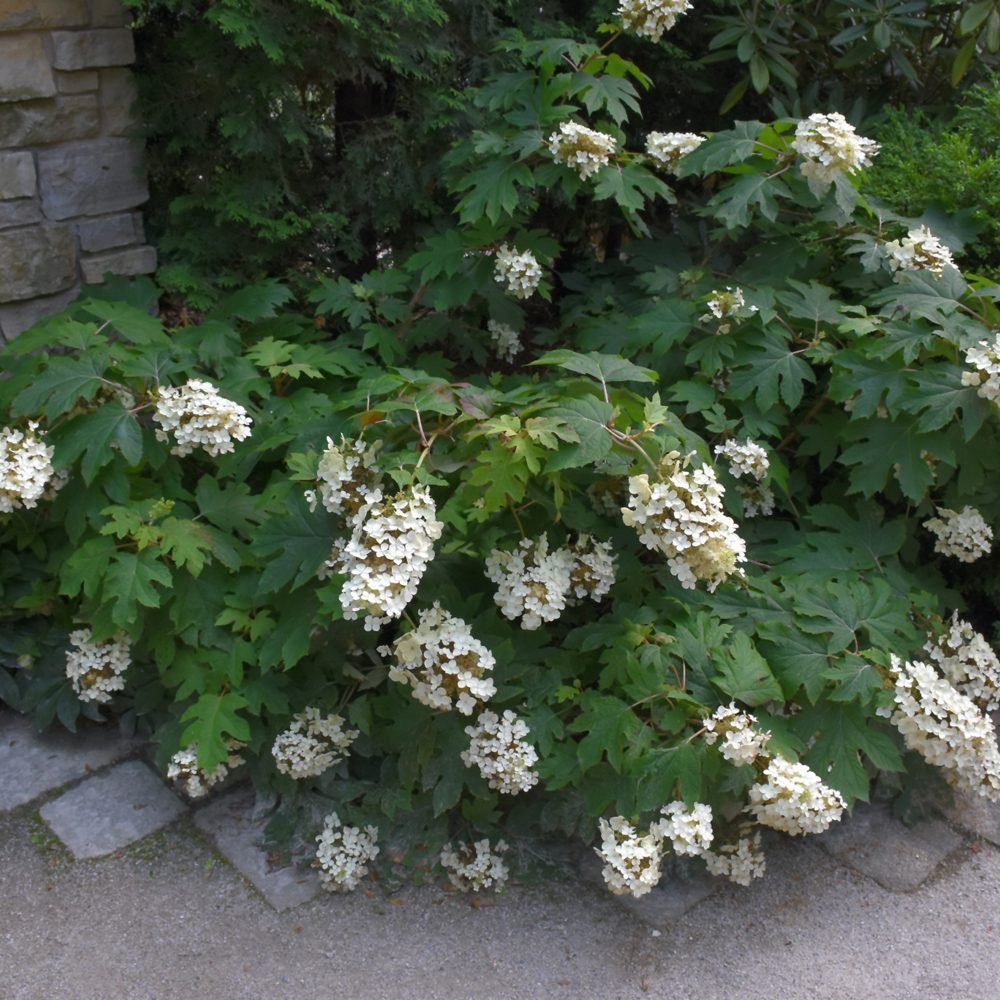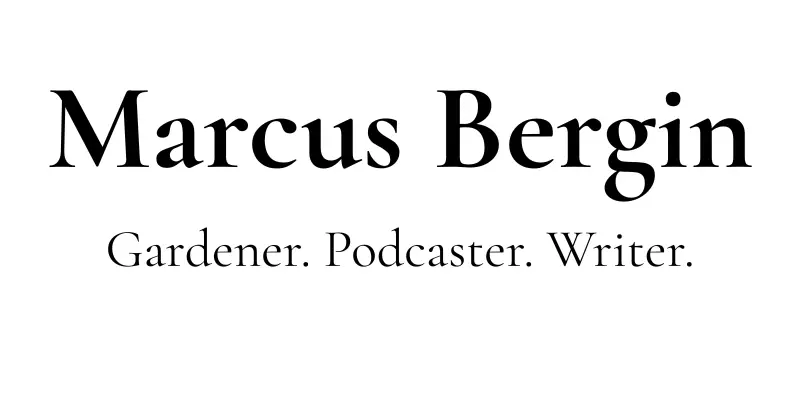
Oakleaf Hydrangeas – A Shade Garden’s Hidden Treasure
You know those plants that quietly win you over—not with fireworks, but with a slow, unfolding charm? That’s the oakleaf hydrangea (Hydrangea quercifolia) for me. I planted one years ago on the edge of a shaded border, almost as an afterthought. But now? I’d never be without it.
This post is part of The Shade Gardening Podcast blog, and today we’re diving deep into why oakleaf hydrangeas deserve a place in every dappled or lightly shaded garden.
Whether you’re in the southeastern U.S., the Mid-Atlantic, the Pacific Northwest, or a cooler corner of the UK, this is one shade-loving shrub worth getting to know.
Why Choose Oakleaf Hydrangeas for Your Shade Garden?
Oakleaf hydrangeas are native to the woodlands of the southeastern United States, which makes them well-suited for gardens with part shade, filtered light, or morning sun and afternoon shade. Unlike their mophead cousins (Hydrangea macrophylla), they bring a wilder texture, more dramatic seasonal interest, and, perhaps most importantly, a forgiving nature.
Key Benefits at a Glance
Shade tolerant: Thrives in part shade, tolerates full shade once established
Seasonal drama: Creamy summer blooms, brilliant autumn foliage
Low maintenance: Drought-tolerant once established
Wildlife friendly: Pollinator-attracting flowers and sheltering structure
How Oakleaf Hydrangeas Perform Through the Seasons
Spring: Leaves unfurl in deep green, shaped like—you guessed it—oak leaves. There’s a fuzzy texture to them that feels almost prehistoric.
Summer: Large panicles of white flowers emerge, standing upright like candles. These gradually fade to soft pink and tan, adding months of interest.
Autumn: This is when they truly shine. The foliage turns rich burgundy, red, and copper. In some climates, it holds late into November.
Winter: Even bare, the peeling bark of mature stems adds winter structure—especially lovely in a woodland or naturalistic setting.
Best Varieties of Oakleaf Hydrangea to Try
There’s an oakleaf hydrangea for every garden size:
‘Snow Queen’ – A larger cultivar with long-lasting upright white panicles.
‘Pee Wee’ – Compact and tidy, ideal for smaller gardens or borders.
‘Munchkin’ – A dwarf form with dense flowering and excellent fall colour.
‘Alice’ – Big, bold, and beautiful, growing up to 12 feet tall with massive flower heads.
Planting and Care Tips for Oakleaf Hydrangeas

Light: Oakleaf hydrangeas prefer partial shade; morning sun with afternoon shade is ideal. In warmer climates, avoid harsh midday sun.
Soil: Moist, well-drained soil enriched with organic matter. They’ll tolerate clay if it’s been improved with compost or leaf mould.
Water: Keep young plants well-watered until established. After that, they’re surprisingly drought-resistant.
Pruning: Minimal. Just remove dead wood in late winter or early spring. Flower buds form on old wood, so don’t prune hard unless you’re reshaping.
Companion Planting in the Shade
Oakleaf hydrangeas pair beautifully with:
Ferns – their fine texture contrasts with the bold leaves
Heucheras and Tiarellas – great for ground cover and colour echoes
Epimediums – delicate spring flowers and graceful foliage
Spring bulbs – snowdrops, bluebells, and narcissus add early sparkle
Together, they create a tapestry of interest that shifts with the seasons—a hallmark of great shade planting.
USDA Hardiness and Where They Grow Best
Oakleaf hydrangeas thrive in USDA zones 5 to 9, making them ideal for a wide range of American gardens. In the UK, they perform beautifully in woodland edges, sheltered courtyards, and shady borders with decent drainage.
Why I’ll Always Make Room for One
There’s something deeply reassuring about a plant that holds its own across four seasons. Oakleaf hydrangeas do just that, and they do it with elegance, resilience, and a whisper of the wild.
If you’ve got a space in your shade garden, especially one with morning sun or dappled afternoon light, this is one shrub that won’t let you down.
Looking for More?
Join our community of shade garden lovers in the Shade Gardening Facebook group
Listen to the latest episode of The Shade Gardening Podcast
Sign up for the Dappled Thoughts newsletter for more stories, seasonal advice, and plant inspiration straight to your inbox
Happy gardening
